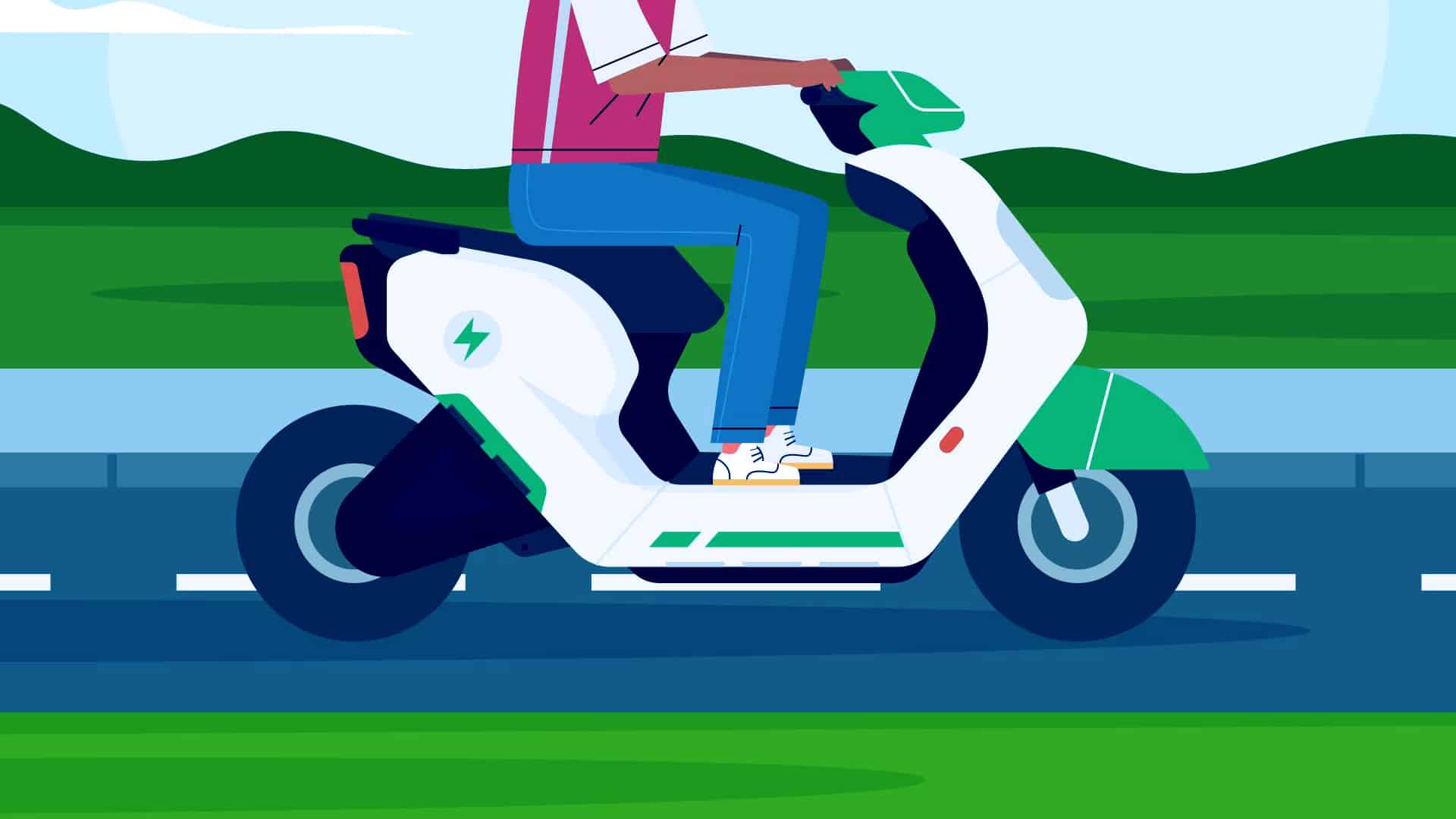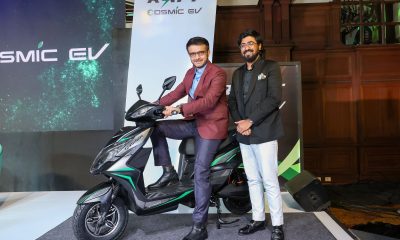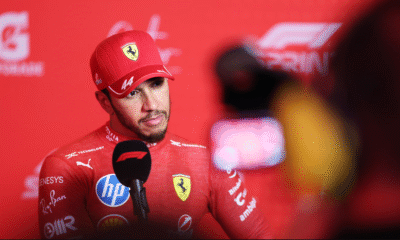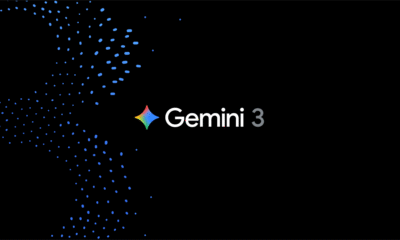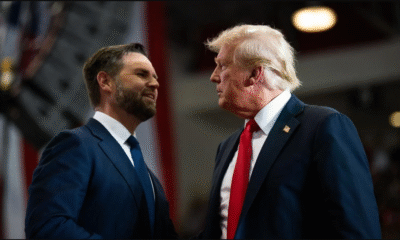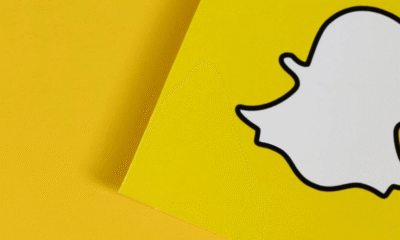Business
Society of Manufacturers of Electric Vehicles calls for rejig of FAME II or reintroduction of FAME I
Ahead of the upcoming Union Budget, Society of Manufacturers of Electric Vehicles (SMEV) has asked Finance Minister Nirmala Sitharaman to either rejig the FAME II scheme or reintroduce FAME I, saying the programme meant to promote EVs in its second avatar has been able to achieve less than 10 per cent of its target. The Rs 10,000-crore FAME-II scheme which is to be implemented over a period of three years, came into effect from April 1, 2019. It is the expanded version of FAME India I (Faster Adoption and Manufacturing of (Hybrid) and Electric Vehicles (FAME) which was launched on April 1, 2015, with a total outlay of Rs 895 crore. In a letter to the finance minister, the industry body of electric vehicle (EV) makers also called for a notional ‘green cess’ on polluting vehicles and use it to accelerate electric mobility, while also seeking reduction of GST on EVs sold without battery.
“For a nascent and disruptive industry like EV that is heavily dependent on government policies, there needs to be an effective approach that would drive the market of EVs in the country… The industry is still lagging behind the desired target,” SMEV Director General Sohinder Gill wrote in a letter to Sitharaman. He further said, “our analysis shows that efforts must be made to generate demand and we believe that this can be easily done by the government’s intervention relating to streamlining, ironing out policy details and adequate announcements in Budget 2021-22.” Suggesting measures to help the sector, Gill called for a rejig of the FAME II scheme or reintroduction of FAME I. “It’s been almost 2 years of the FAME II scheme and only less than 10 per cent of its target has been achieved. We should make concerted efforts to remove the kinks that have inadvertently cropped up in Fame II,” he wrote. The policy should be completely redrafted, if needed, so that substantial investments both from within and outside India can flow into the EV sector to push the exponential growth that everyone has been expecting for some years. Or else, reintroduce the FAME I scheme that had worked better for the industry, Gill said. The FAME II scheme had planned to support 10 lakh electric two-wheelers, five lakh three-wheelers, 55,000 four-wheelers and 7,000 buses. SMEV had in the past argued that FAME II could not attract customers to shift from polluting petrol bikes to electric two-wheelers, mainly because the preconditions and qualification criteria of FAME-II made the bikes unaffordable to the mass market customer despite the subsidy. In his letter, Gill also asked the finance minister to consider “the imposition of a notional green cess on the polluting vehicles and use it to accelerate electric mobility.
Also read: 50 lakh new jobs by 2030 through accelerated investment in upskilling and reskilling of workers
It would generate massive funds and reduce the burden on the government exchequer.” This fund could be utilised in the frontloading of incentives to customers and bring electric two-wheelers prices down to the level of petrol two-wheelers, he added. Seeking reduction of GST on EV sold without battery, Gill said, “Currently, GST on a lithium battery is taxed at 28 per cent when sold separately, while the vehicle sold with battery is taxed at 5 per cent. “Recently, MoRTH approved the registration of EVs without the battery, therefore, vehicles without batteries should also fall in the EV GST category. Hence, we urge the government to reduce it to 5 per cent, similar to GST applicable on EVs.” SMEV also sought extension of the phased manufacturing programme (PMP) saying COVID-19 has derailed the growth path of the industry, which has weakened the creation of the local component market. “Hence, we urge the government to extend the PMP guideline for just another year so that the industry can come on track, which will automatically strengthen the local component market,” Gill wrote in the letter. Last September, the government had extended the deadline for local manufacturing to be eligible for incentives under the FAME II scheme for parts like the electronic throttle for all categories of EVs till April 1, 2021, from earlier deadlines ranging from April 1, 2020, to October 1, 2020. Asking for inclusion of EVs in Swachh Bharat Mission, Gill wrote, “A dedicated budget could be allocated for the ‘Clean Air’ campaign, which could be integrated under the Swachh Bharat mission. The ‘Clean Air’ campaign can create massive awareness on Electric mobility and can influence the mindset of customers to adopt electric mobility to make India less polluting and its citizens healthier.”


